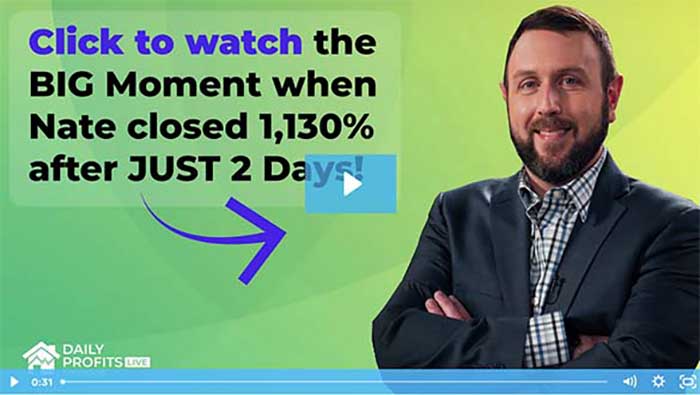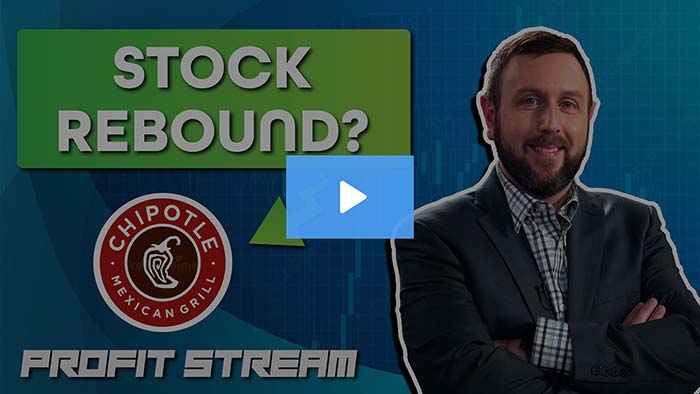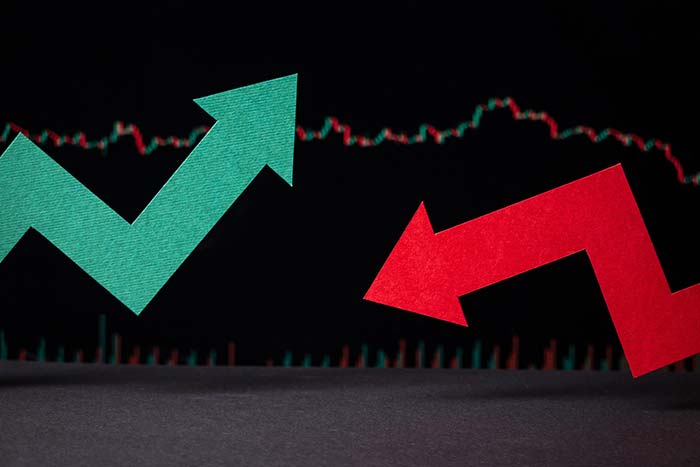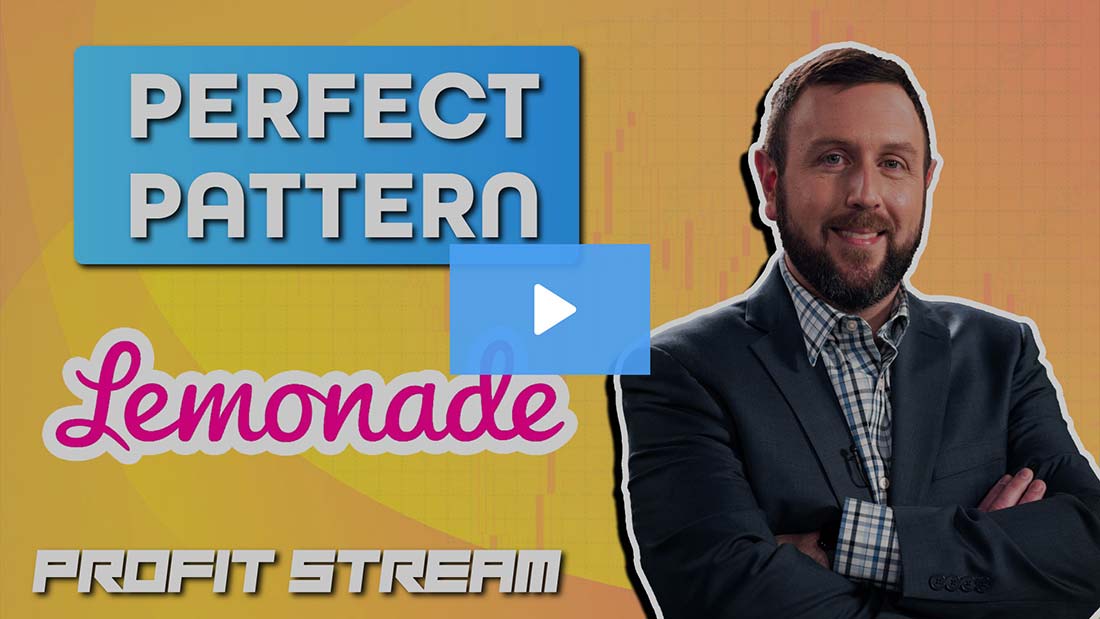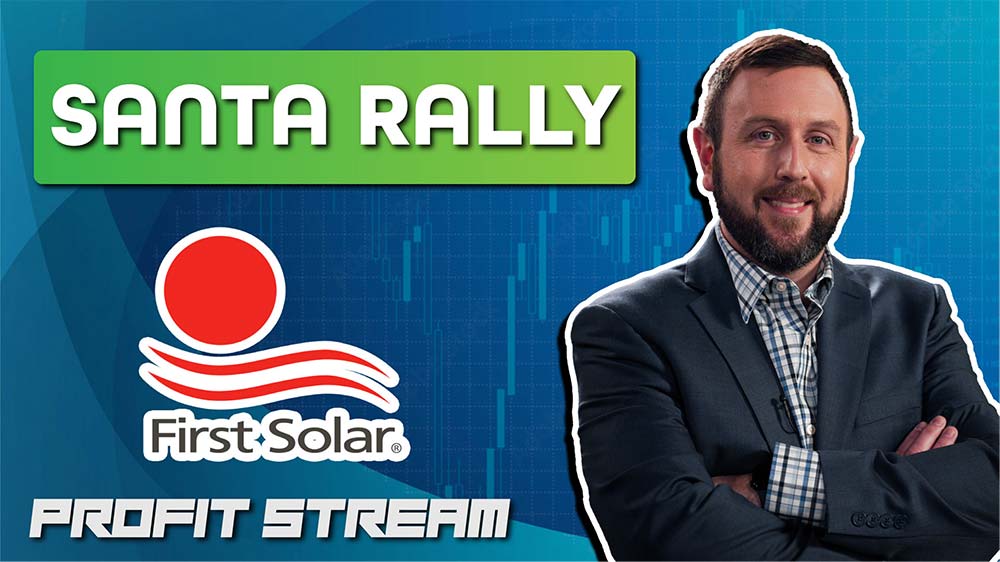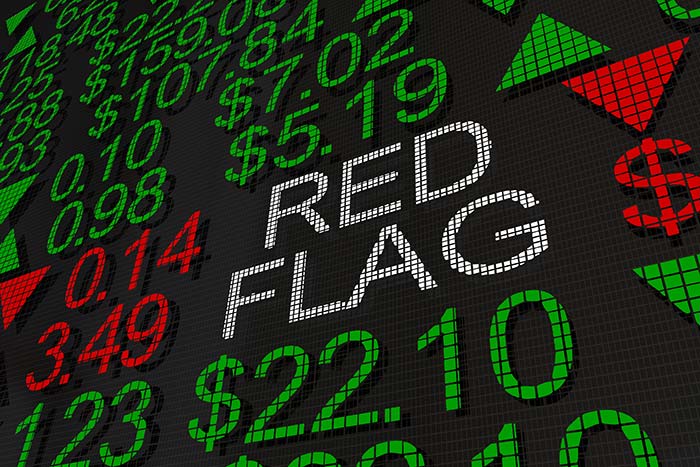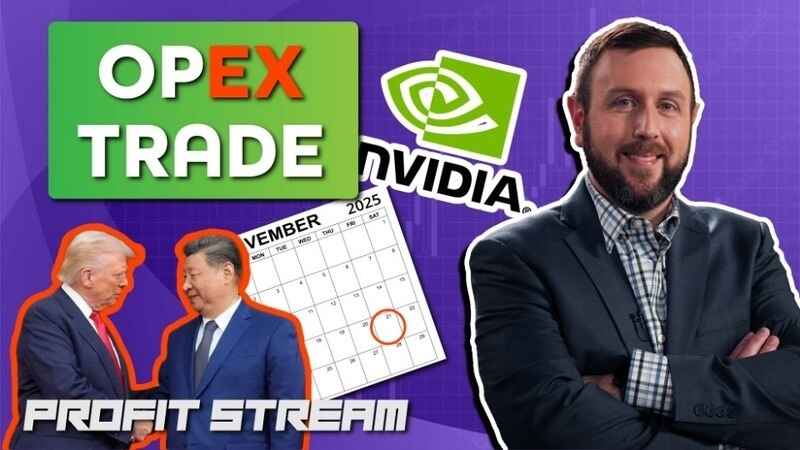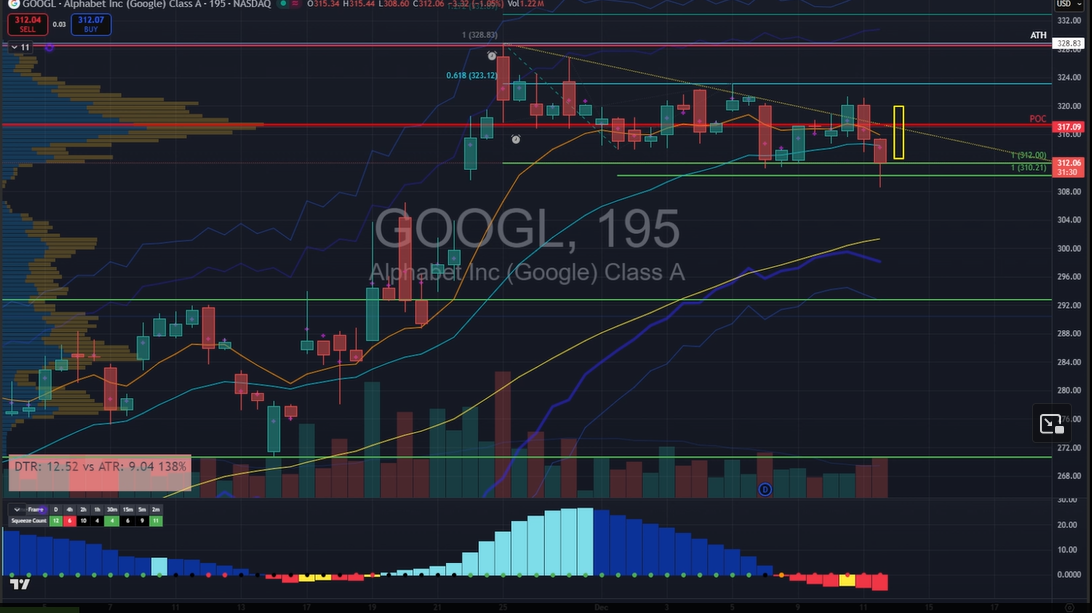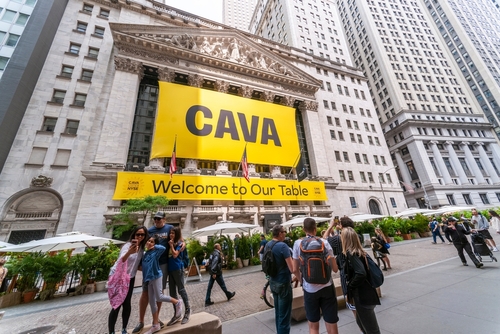Beating the Fed at Chicken
The Fed is saying that it’s willing to push interest rates higher, which would mean risking a recession or worse.
Inflation is one of the main reasons we could see more rate hikes.
According to the minutes from the Federal Open Market Committee meeting on June 13-14, the participants concurred that while inflation had moderated since the middle of 2022, it remained well above the committee’s long-term goal of 2%.
As you know by now, the committee decided not to raise rates at the June meeting. But some participants did favor a 25-basis-point increase, noting that the labor market remained very tight and that the economy was stronger than expected.
It’s clear the Fed is playing chicken with the economy, trying to slow it down but also trying to avoid a recession.
So what should you do as a trader in this game?
One key factor when looking at Fed monetary policy is the lag effect.
The lag effect refers to how the economy reacts in the months following rate hikes.
Imagine the economy is the ocean and the Fed is the captain of our country’s ship. It’s trying to make the correct big-picture decisions so we can navigate potentially rough waters as smoothly as possible.
But when the Fed decides to make a major change to our economic policy (in this case, raising interest rates), it takes some time for the effects of that new course to be noticeable, whether they’re to the upside or downside.
I would argue that the Fed is trying to steer the ship too quickly without adequately noting this lag effect.
Why do I think that?
Well, while the housing and auto industries are holding up, the cost of doing business is increasing and savings accounts are being depleted.
This could be really bad news for the economy later this year or next year, but it could be very positive for longer-term fixed income – especially if you can lock in better rates now.
![]()
YOUR ACTION PLAN
Due to the Fed’s recent decisions, I’m bullish on long-term fixed income. A year from now, the interest rates on fixed income investments may be below their current levels if the Fed succeeds with its inflation-busting crusade. By then, it will be too late to buy these types of investments.
Right now I’m letting readers in on my “Super Income System.” It includes a portfolio that could position you for 68 big payouts throughout the year, and I believe I will make $1 million (or more) on it within five years.
Click here to get exclusive access to my Super Income Portfolio.

